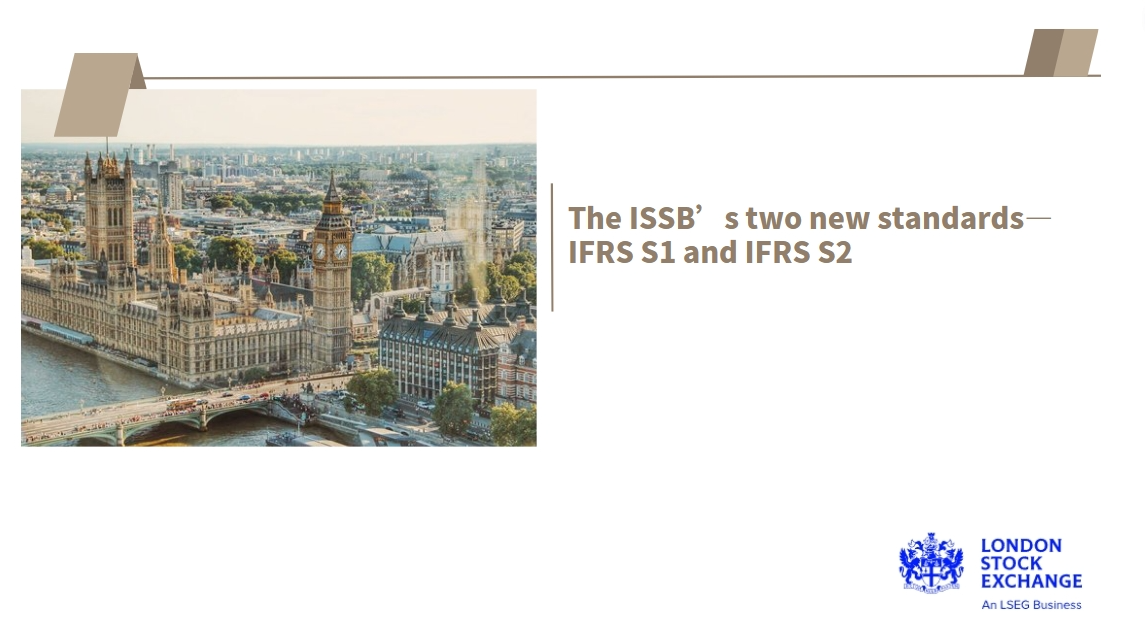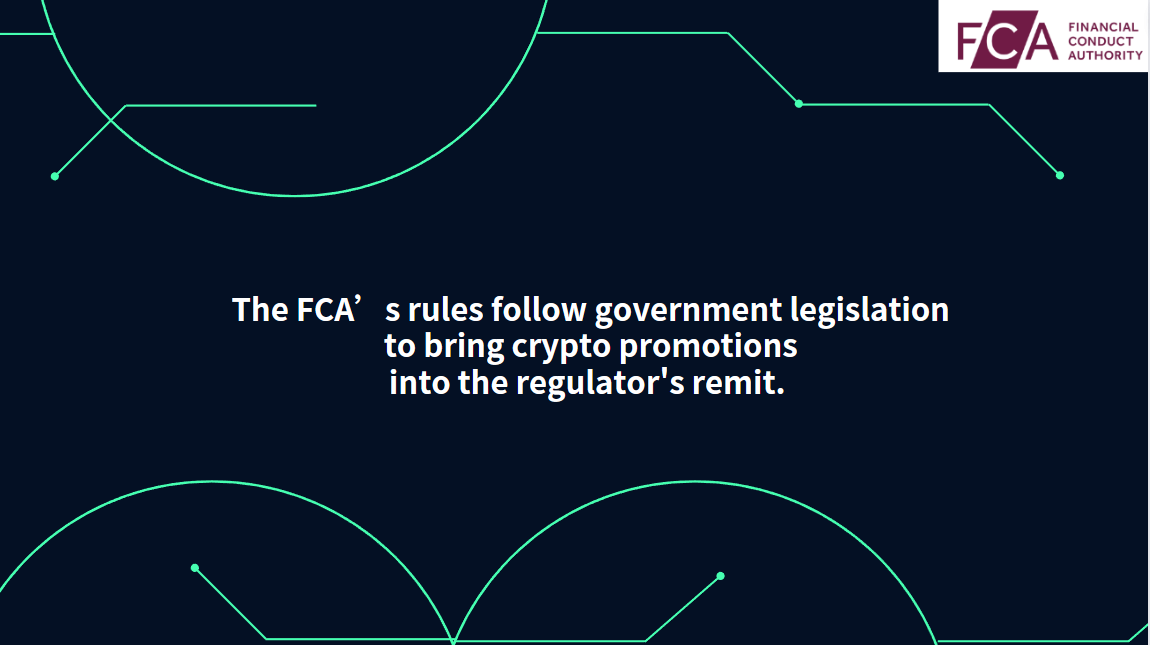The PRA consults on major elements of the new Solvency UK framework, with measures to simplify the framework, improve flexibility, and support growth and competitiveness
The Prudential Regulation Authority (PRA) is consulting on a major set of reforms to Solvency II with the aim of creating a new UK regulatory regime for insurance firms, known as Solvency UK, which is better adapted to the UK insurance market. The proposals include further streamlining of reporting requirements for all firms and substantially simplifying and improving the flexibility in the assessment of internal models. They will also foster new entrants into the UK insurance market by easing entry of new firms and simplifying the regulation of international insurers operating through branches.
Sam Woods, CEO of the PRA said: “These measures will reduce bureaucracy, facilitate competition, and support UK economic growth and competitiveness without lowering prudential standards or weakening policyholder protection.”
The PRA’s reforms are designed to:
Eliminate onerous requirements: This includes streamlining reporting requirements to reduce administrative burdens on insurers, building on previous reporting reforms already implemented by the PRA, and simplifying the calculation process for the transitional measure on technical provisions (TMTP) to reduce costs and complexity.
Improve flexibility: By moving towards a more principles-based approach to assessing firms’ internal models, thereby reducing significantly the number of detailed requirements that firms must meet. The proposals will also allow more flexibility in the calculation of group capital requirements and will apply proportionality by increasing the size thresholds at which small insurers are required to enter the Solvency UK regime.
Encourage entry and build competition: By introducing a ‘mobilisation’ regime which will allow newly authorised insurers more flexibility as they set up in the UK, as well as by raising the thresholds above which Solvency UK will apply.
Build competitiveness: By removing certain requirements for branches of international insurers operating in the UK.
These reforms form part of a wider package which will be implemented through a combination of government legislation and PRA rule changes. In line with the government’s legislative plans, some reforms are expected to be implemented by the end of this year, and the remainder in 2024.
Next steps
The PRA invites feedback on the proposals set out in this consultation. This consultation period is split into two. It closes on Friday 1 September 2023 for proposals in Chapters 2 to 10 and closes on Monday 31 July 2023 for proposals in Chapter 11. Please address any comments or enquires to CP12_23@bankofengand.co.uk.
Beyond this consultation, the PRA expects to consult separately in September 2023 on reforms for life insurers relating to investment flexibility and the matching adjustment.
Notes to editors
1. Consultation paper 12/23: Review of Solvency II: Adapting it to the UK market.
2. Not all PRA-authorised insurers are subject to Solvency II/Solvency UK regulations. A small number of small insurers fall below the threshold at which Solvency II applies and are described as ‘non-Directive firms’
3. Reforms to Solvency II will create the new Solvency UK regime.
4. This consultation should be read in conjunction with the Government’s November 2022 responseOpens in a new window to its Solvency II review consultation. The CP published today covers the areas of the Solvency II Review that the Government confirmed would be the responsibility of the PRA to take forward.
5. The reforms will require secondary legislation to be laid by the Government following the passage of the Financial Services and Markets Bill currently before Parliament. HM Treasury published a draft of the necessary Statutory Instruments on 22 June 2023. HMT Draft insurance and Reinsurance UndertakingOpens in a new window: Prudential requirements Regulations. 22 June 2023
6. The Transitional Measure on Technical Provisions (TMTP) is a provision within the Solvency II framework designed to help smooth the capital impact of the introduction of Solvency II on 1 January 2016, over a 16-year period. It allows firms to apply a temporary deduction to their liabilities for business written prior to the introduction of Solvency II.
7. Bank of England: Solvency II























































First, please LoginComment After ~